When I decided to pursue my passion for poo at PhD level, I never imagined I would end up on Heron Island: a (very) small coral cay on the Great Barrier Reef, Australia. Just half a mile long, this sub-tropical island is home to a huge variety of biodiversity. So much so that David Attenborough opted to film there.
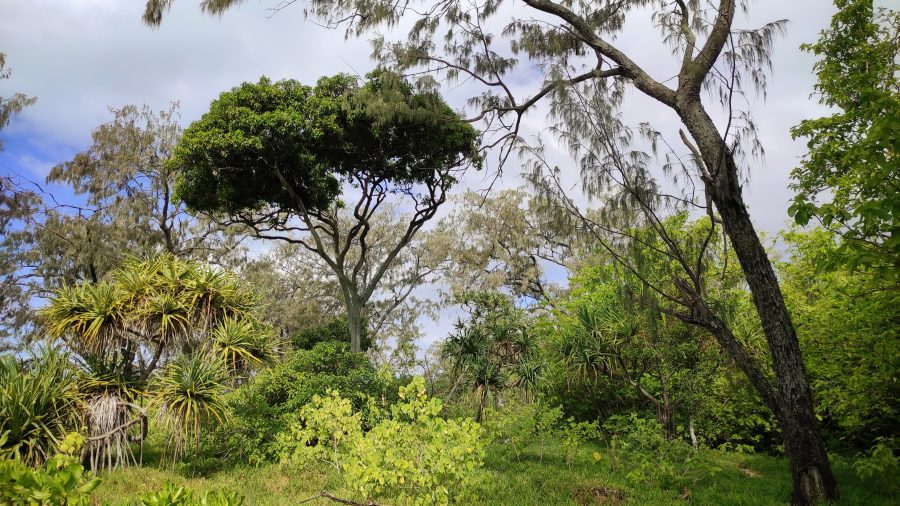
Fig 1 Heron Island, credit: Andrea Estandía
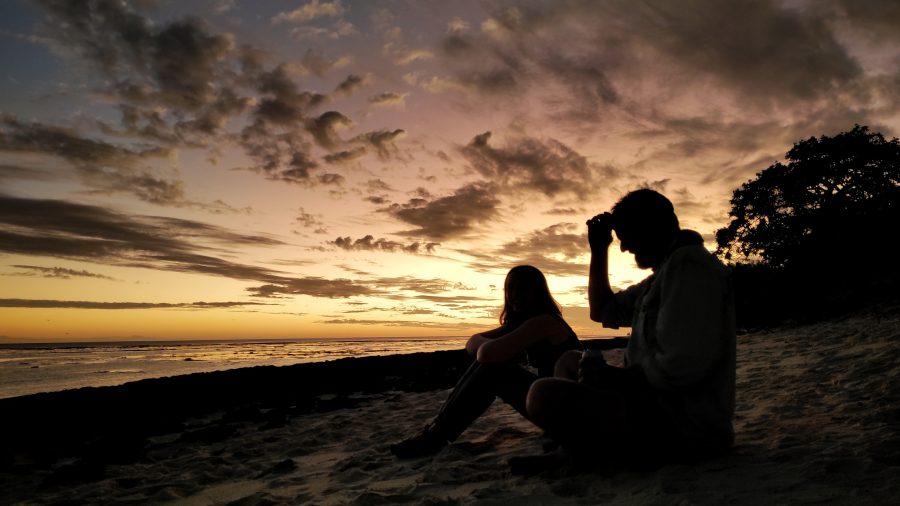
Heron Island has always been a poo-lovers paradise, having been used for guano mining since the 1920s, and I also went to Heron Island to collect poo. For my PhD, I am studying parasite dispersal and distribution in the Silvereye (Zosterops lateralis, Fig 1). There are a number of parasites that are transmitted via poo (known as the faecal-oral route). Therefore, when birds poo, they may be spreading parasites. I collect poo samples, extract all of the genetic material that they contain and conduct DNA sequencing to identify parasites that the birds could be releasing into the environment.
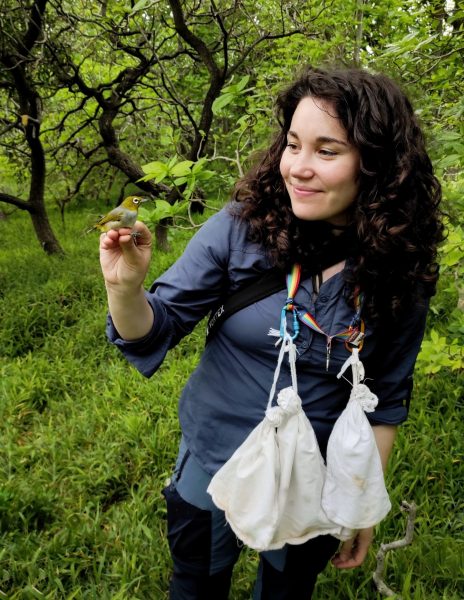
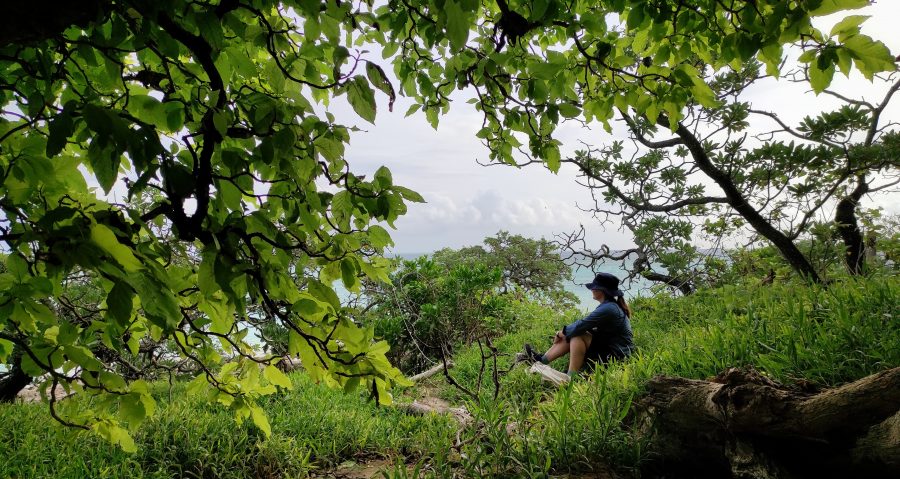
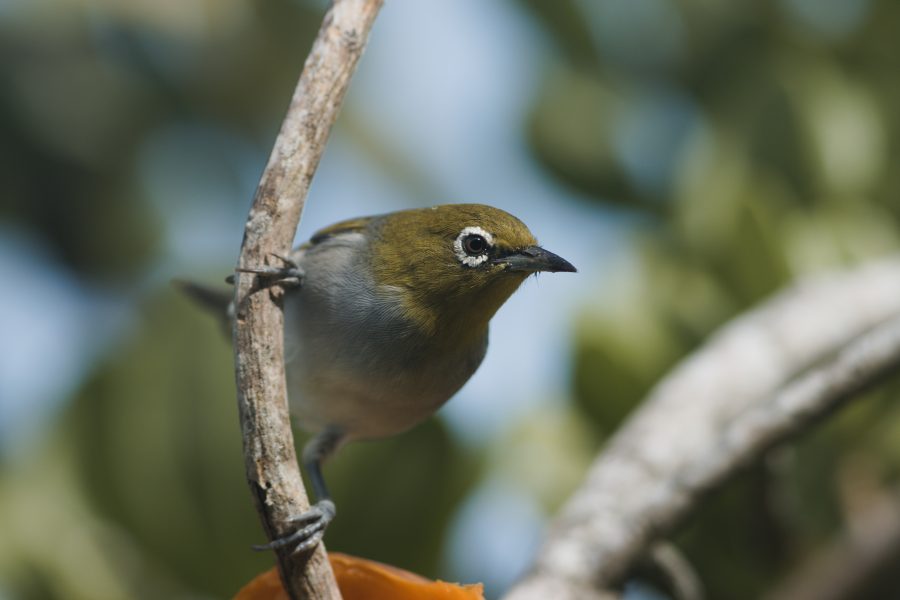
Fig 2 Silvereye held by Andrea Estandía (left), sampling on Heron Island (top right) and a silvereye (bottom right); credit: Andrea Estandía.
Heron Island supports a population of several hundred Silvereyes (Z. l. chlorocephalus). It was previously thought that the population carried very few parasites. However, this could be because past research exclusively looked at blood parasites such as avian malaria. These parasites rely on the presence of mosquitos to spread – but there are no mosquitos on Heron Island. It is possible that parasites that do not require the presence of specific vectors will spread more easily and it could therefore be a very different story for parasites transmitted via poo.
To get to Heron Island we took the plane to Gladstone, Queensland and boarded the Heron Islander Ferry. The ferry took about two hours, giving us the chance to spot a few dolphins before pulling into the jetty. We were greeted by the shipwreck of the HMS Protector. The ship was wrecked during WWII and was strategically placed on the island to act as a breakwater. It also doubles up as an incredible dive spot for seeing turtles and rays (Fig 3).

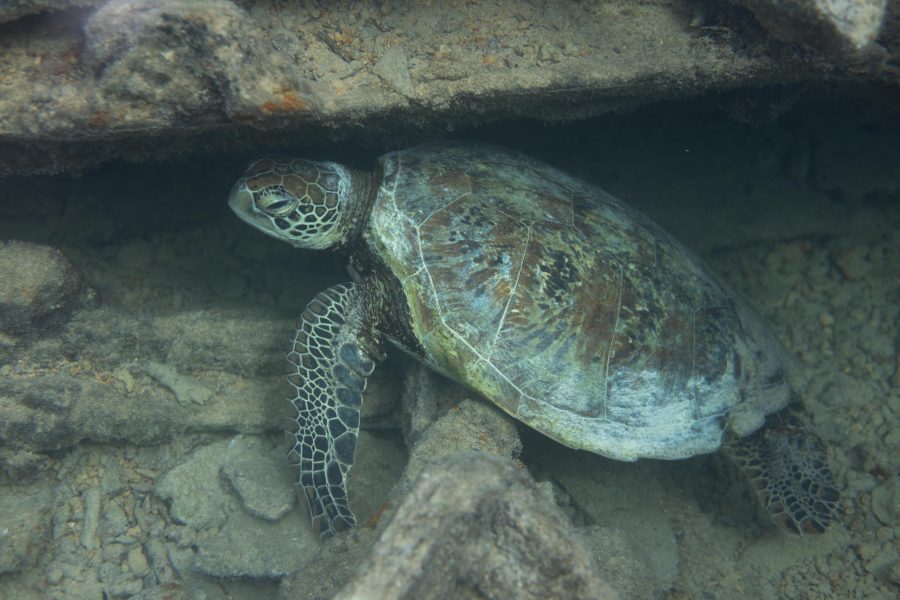
Fig 3 The wreck of the HMS Protector and a green turtle nestled amongst the remains. Photo credit: Andrea Estandía (left) and Tim Coulson (right).
So, what does a day of fieldwork look like on Heron Island? We started work at about 5:30 am each morning, using mist nets and traps to capture birds. We then transferred them to flat-bottomed paper bags and waited for them to poo. Once we had obtained a poo sample, we attached a unique combination of coloured bands to each bird’s leg for population monitoring. We also took size and weight measurements as well as extracting a blood sample (Fig 4). I will analyse these blood and poo samples to determine which parasites the birds could be carrying.
Aside from the copious number of Silvereyes, there are other amazing birds on Heron Island (Fig 5). It is almost never silent on the island – with nesting Wedge-tailed Shearwaters and Black Noddies engaging in a constant chorus. During my week on the island, some of the highlights included a pair of nesting White-bellied Sea Eagles, getting up-close-and-personal with the Buff-Banded Rails, and seeing the Reef Egrets after which Heron Island was mistakenly named.

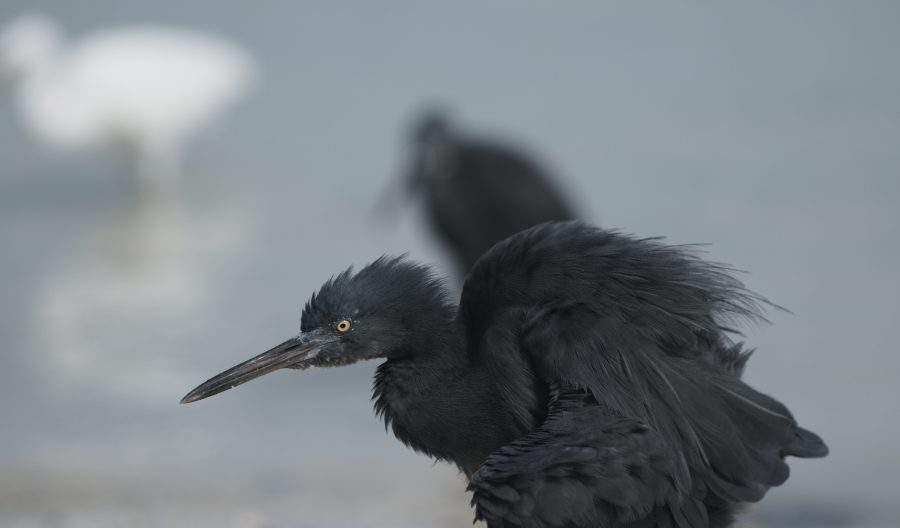

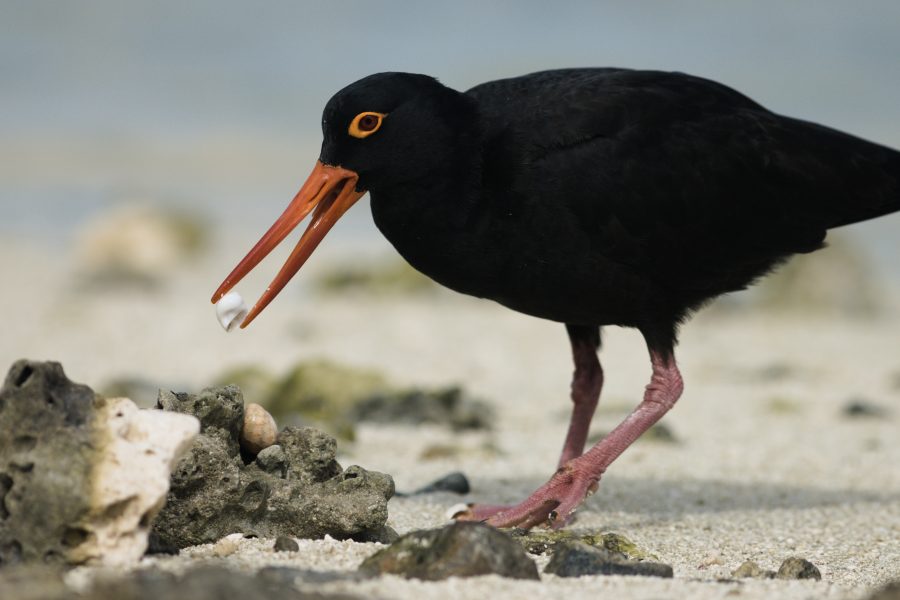
Fig 4 Birds on Heron Island, counter-clockwise from the top left: White-bellied Sea Eagle (credit: Tim Coulson); Reef Egret, Sooty Oystercatcher and Black Noddy (credit: Andrea Estandía).
Looking forwards, I will be continuing my research on parasite dispersal and distribution by looking at a variety of Silvereye populations. I am travelling down the east coast of mainland Australia from Brisbane to Sydney and hopping over to Tasmania. I will be comparing the parasite communities of Silvereye subspecies with differing dispersal propensities to try to understand how parasites may spread in the future. This could have important implications for the spread and emergence of infectious diseases.
Author Information
Sarah Nichols is a PhD student at the University of Oxford and the Natural History Museum, London.
@sarah_e_nichols
